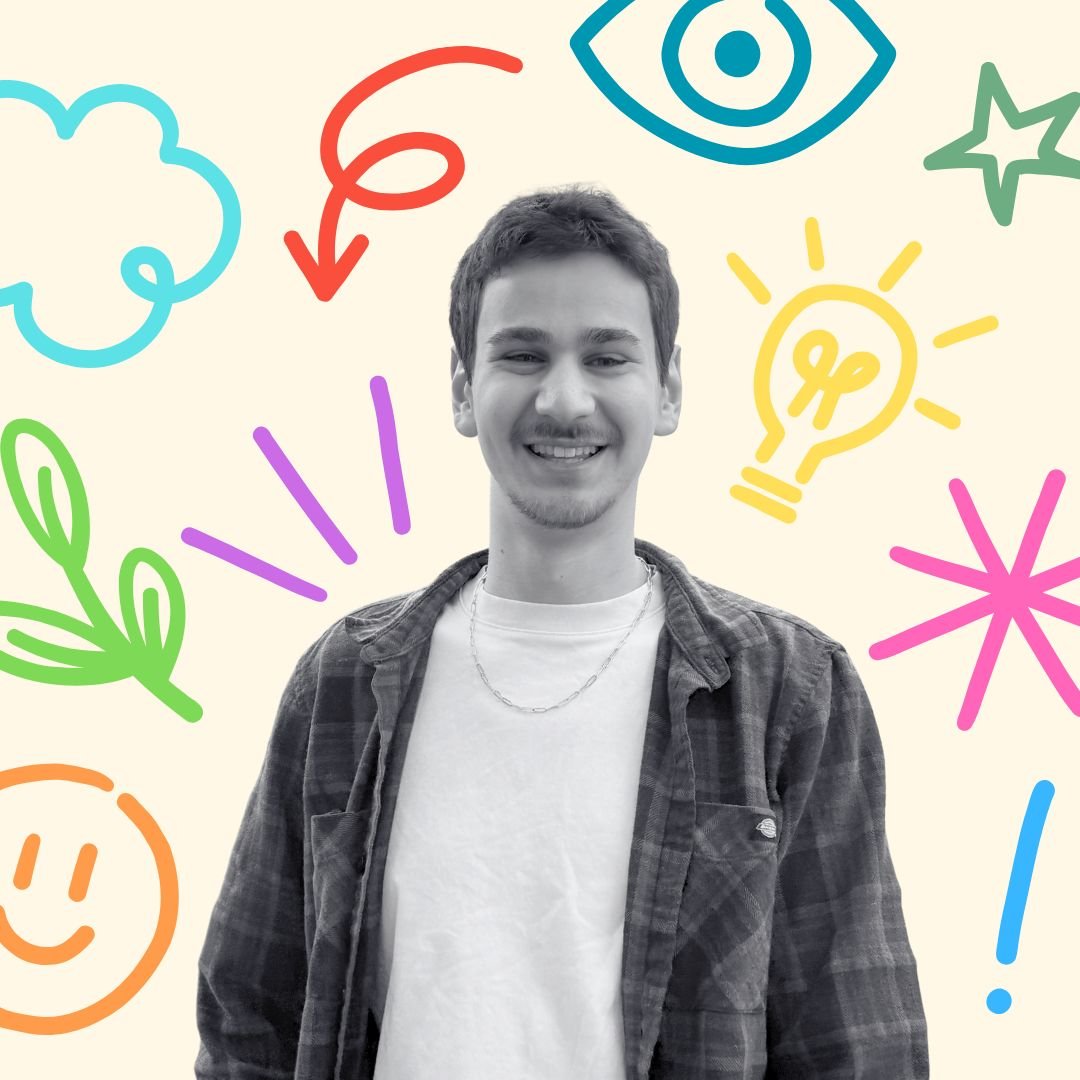If you’ve ever scrolled through The New York Times’ website or watched MTV, you’ve probably seen Rich Tu’s work. The Brooklyn-based designer list of achievements is pretty astonishing. He is the VP of Digital Design for MTV and VH1, he’s designed shoes and championship belts for Nike, and his work has appeared in many international publications. Rich has exhibited at galleries and festivals in New York, Los Angeles, Berlin, as well as during Miami’s Art Basel week. Somehow, he even finds the time to host a podcast that shines a light on immigrants in the creative industry, called First Generation Burden.
Rich’s work has amassed many awards. The Art Directors Club recognized Rich with the prestigious “Young Guns” award early on in his career. Now, Rich focuses on emerging audiences and energetic brands that benefit from an eclectic and unique point of view.
Rich shares with us how he got his start in the industry and gives us insights into the intricate world of footwear design.
How did you get started in this business? Looking back, would you do anything different?
I’m formally trained as an illustrator and designer, but got my master’s degree at SVA for illustration. In those days, I was primarily doing editorial illustration for publications like The New York Times, The New Yorker.
Then, I parlayed that into work at a few ad agencies, and became well acquainted with that culture (working in teams, pitching high level work, developing skills to pivot quickly).
I’ve been reinventing my career for years now, and feel like I’m always starting again.
It keeps me fresh, and I don’t think I would change anything, because it’s all led here.
Can you describe your creative process? Where do you start? What do you usually have on or around you?
Well, this isn’t a loaded question that will only take a couple sentences (laughs).
I’ve stayed pretty true to what I learned at SVA, which is receiving a brief, absorbing and doing research, and creating a solve(s) with the knowledge that the overall process is fluid.
At this point in my life, there are often several stakeholders involved, so there’s more communication. I don’t need much in the beginning, just the conversation.
How much different is designing a sneaker or a championship belt from, say, a poster or an animation or any of your other more usual projects?
Sneaker design at an industry leader like Nike is an involved process, with a lot of stakeholders (both related to creative and business). The biggest difference is the amount of time it takes to bring a product to fruition.
In sneaker design, you’re trying to create a physical piece of art on a mass scale, and you’re often doing a lot of communication with stakeholders overseas. Therefore, it might take a couple of years. With posters, animation, etc., that can come together pretty quickly and look polished.
You seem to always be on the pulse. How do you keep constantly innovating? Where do you look for inspiration these days?
I’ve always been creatively fluid.
I don’t see what I’m doing as innovation per se, but more as expression or reaction to stimulus.
Before the pandemic, I was constantly consuming IRL art, concerts, events that informed a lot of my work. Now, I do it more digitally than before, but I still seek stimulus. Also, I’m in a fortunate place to be inspired by my friends too, all the time I’m like, “Wow, look at what so-and-so did, that’s amazing!” It’s a cool space to be in.
What do you do to get out of a creative slump?
Fortunately, I haven’t felt a slump in a while, but that’s because I’m always busy. To me, a slump is when I haven’t felt productive, and I stay on-the-move to try to prevent that. In the event that I feel a slump coming on, I give myself something to do, like make art for myself or record an episode of my podcast First Generation Burden.
You have worked with some iconic brands. What is the one project you’re most proud of?
Too many to name. I don’t feel right limiting it to one.
Within the past few months though, I was (and still am) very proud of the work I did with my MTV family for the #AloneTogether campaign with the Ad Council. That was one of those projects that came together very quickly, but also was making direct steps towards helping everyone in the pandemic. Additionally, it gave me creative focus in an unusual time.
What advice would you give to someone who wants to follow in your footsteps?
Everyone has their own path, and there’s no right way to get there. In the beginning, frustration is common and you’ll hit a lot of barriers to entry.
Find your tribe, keep your wits about you, always try to learn and be receptive.
What does the future of design look like to you? What changes do you foresee in the near future that will affect your work?
The future of design is one of inclusion, and a widening of the aperture of historical context. Design has been too Euro-centric, too binary, too male, too white for too long. The kids getting into the game right now come from a wide range of cultures and backgrounds. Show them the heroes that look like them. It’s exciting. They’re the future.
What’s next for you?
What’s next and what’s now are very intimately connected. I’m focused on what I’m doing now.
Follow Rich on Instagram, check out his website, and catch him on his podcast.
#illustrator #creativecrush #aesthetic #creativity #creative #creativeinspiration #illustration #creativeeye #art #artist #entrepreneurship



